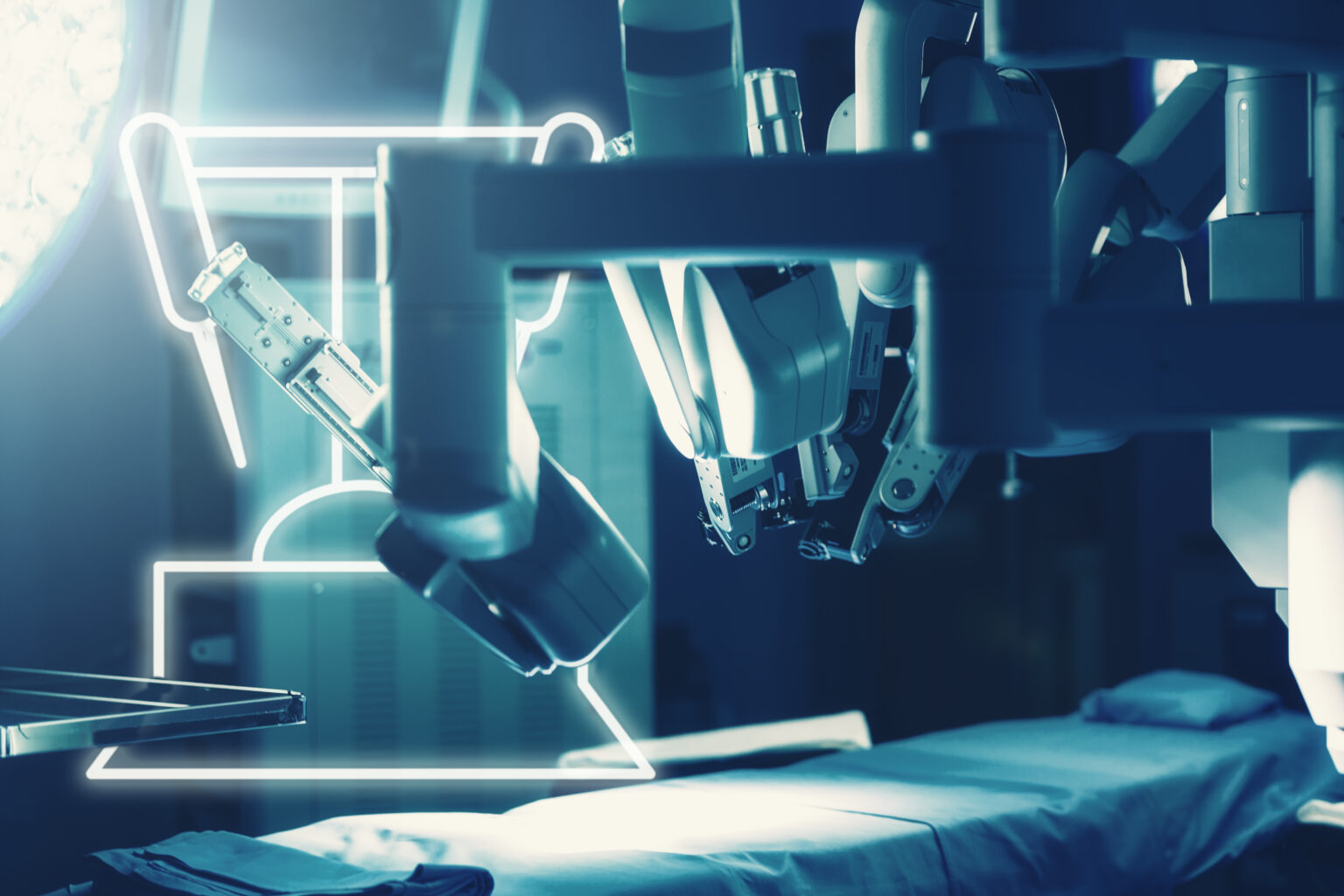OUR RESEARCH
OUR RESEARCH
Cleft Robotics

Cleft palate surgery is uniquely challenging to perform.
The surgeon is required to perform a delicate procedure within the small confines of the infant oral cavity with poor visualization and manipulability of conventional instruments.
A surgical robot is more precise, has improved visualization and access within confined spaces. Therefore, cleft palate surgery is the ideal test bed to develop a pediatric specific surgical robotic instrument.
At the ICCI we are developing miniaturized robotic instruments that are optimized for the infant oral cavity workspace to perform delicate and precise surgery that is required during cleft palate repair.


CLEFT ROBOTICS
Medical Device Design

At ICCI we are developing medical devices and technological applications within the cleft, craniofacial and plastic surgery domain. With advanced production and machining capabilities, at ICCI we have the capability to create prototypes and work towards final medical device and tool products.
CLEFT ROBOTICS
Surgical Robot Wrist Design

The development of complex surgical wrist designs at small scale is limited by production and manufacturing capabilities.
At ICCI we are developing miniaturized wrist mechanisms that are at the limit of manufacturing and production capability. Using novel mechanisms, these wrist


CLEFT ROBOTICS
Phantom Testing

Simulators or phantoms provide the ideal environment to test novel surgical instruments.
Shown here is a high fidelity cleft palate simulator being used to test a novel cleft palate specific robotic instrument.
CLEFT ROBOTICS
Workspace Analysis

The phantom models can be used to test existing and novel instruments. Shown here is the utilization of the da Vinci EndoWrist instruments during simulated cleft palate repair.
Phantom testing provides crucial data to aid in the development of instrumentation that is optimized for that particular workspace.


OUR RESEARCH
Minimally Invasive Craniofacial Surgery

At The ICCI we are developing novel manual and robotic instrumentation to decrease patient morbidity and improve patient outcomes.
While we cannot show you the devices we are developing, they are pushing the boundaries of what is possible in craniofacial surgery implementing unique mechanisms that will fundamentally change the way craniofacial surgical procedures are performed.
Our Research
Surgical Simulation

We are developing high fidelity surgical simulators with hyper realistic synthetic hard and soft tissue as well as dissection planes that allow performance of complex surgical procedures.
These simulators provide a testing platform for novel instruments and robotic platforms as well as training platforms for the next generation of surgeons.
Using unique development, production and manufacturing capability, we not only develop anatomically accurate and functional simulators, but aim to perform extensive evaluation and validation of the simulators using established and leading educational frameworks.
The simulators developed in our lab have been used by leading surgeons in workshops around the globe.


Surgical Simulation
Craniosynostosis

Hyper realistic simulation in craniosynostosis. Shown here is a fronto-orbital advancement surgical simulator that allows trainees to practice this complex procedure in a realistic and safe environment.
Surgical Simulation
Cleft Simulation

Cleft lip and palate surgery requires precision to achieve optimal patient outcomes. The ability to practice these procedures outside of the operating room improves experience and competence without compromising patient safety.
Dr. Podolsky is the original developer of the Simulare Medical suite of cleft simulators that includes a unilateral cleft lip, bilateral cleft lip, cleft palate and alveolar bone graft simulator.
These simulators are the global standard in cleft simulation and have been used in over 60 countries worldwide. Shown here is a high fidelity bilateral cleft lip simulator.


Surgical Simulation
Rhinoplasty

Rhinoplasty is one of the most challenging procedures in plastic surgery. This simulator is the highest fidelity rhinoplasty simulator available and allows practicing the procedure in a safe environment. Shown here is the rhinoplasty simulator developed by Dr. Podolsky.
Surgical Simulation
Phantoms

Simulators provide a streamlined method to understand the limitations of currently available surgical instruments to aid in the development of new procedures, techniques and tools.
Shown here is the utilization of the da Vinci robot to perform cleft palate surgery using the cleft palate simulator.
These simulators provide critical testing grounds to iterate novel instrumentation to ensure they are safe to use.

OUR LATEST INNOVATIONS
Recent Publications

Evaluation of a High-Fidelity Cleft Alveolar Bone Graft Simulator
Dale J. Podolsky, Branavan Yasabala, Karen W. Wong Riff, David M. Fisher. Journal of Plastic, Reconstructive & Aesthetic Surgery, Volume 93, 2024, Pages 269-278, ISSN 1748-6815, https://doi.org/10.1016/j.bjps.2024.04.034.

Simulation in Craniosynostosis Surgery
Podolsky, Dale J. MD, PhD; Wong, Clara; Hopper, Richard A. MD, MSc. Simulation in Craniosynostosis Surgery. Plastic and Reconstructive Surgery 153(1):p 220e-222e, January 2024. | DOI: 10.1097/PRS.0000000000010879.

Development and Preliminary Evaluation of A Soft Tissue Microtia Simulator
Lanser, Charlotte; Fisher, David M; Kasrai, Leila; Fisher, Keon; Podolsky, Dale J. The Journal of Craniofacial Surgery 35(6):p 1688-1691, September 2024. | DOI: 10.1097/SCS.0000000000010322

Characterization of Friction within a Novel 3 mm Wristed Robotic Instrument
Caitlin Ho, Thomas Looi, Glenn Maguire, Dale J Podolsky. Actuators 2024, 13(9), 326; https://doi.org/10.3390/act13090326

Evaluation and Implementation of a High-Fidelity Cleft Palate Simulator
Dale J. Podolsky, David M. Fisher, Karen W. Wong Riff, Thomas Looi, James M. Drake, Christopher R. Forrest | Plastic and Reconstructive Surgery: January 2017 – Volume 139 – Issue 1

Infant Robotic Cleft Palate Surgery: A Feasibility Assessment Using a Realistic Cleft Palate Simulator
Dale J. Podolsky, David M. Fisher, Karen W. Wong Riff, Thomas Looi, James M. Drake, Christopher R. Forrest | Plastic and Reconstructive Surgery: February 2017 – Volume 139 – Issue 2

Utilization of Cable Guide Channels for Compact Articulation Within a Dexterous Three Degrees-of-Freedom Surgical Wrist Design
Dale J. Podolsky, Eric Diller, David M. Fisher, Karen W. Wong Riff, Thomas Looi, James M. Drake, Christopher R. Forrest | ASME. J. Med. Devices. March 2019
